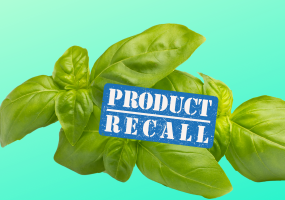Researchers at the University of California, Davis, have found out that a highly alarming percentage of fish at markets in California and Indonesia are contaminated with manmade debris such as plastic or fibrous minerals.
The study, published in the journal Scientific Reports last Wednesday, Sept.23, is one of the first to directly link plastic and man-made debris to the fish on consumers' dinner plates.
The researchers have teamed up with Hasanuddin University in Indonesia in conducting the study, Phys.org reported. They tested 64 fish at markets in Half Moon Bay and Princeton, California and 76 fish from markets in Makassar, Indonesia. A quarter of the fish in both sample groups were discovered to have plastic or fibrous debris present in their digestive systems.
The findings, however, emphasized, that the type of anthropogenic debris varied by region. 100% of the debris found in contaminated fish in Indonesia was plastic while fibrous materials made up 80% of the manmade debris were found in the contaminated fish in California.
"It's interesting that there isn't a big difference in the amount of debris in the fish from each location, but in the type - plastic or fiber," lead author Chelsea Rochman, a David H. Smith postdoctoral fellow in the Aquatic Health Program at the UC Davis School of Veterinary Medicine, said. "We think the type of debris in the fish is driven by differences in local waste management."
Indonesia has a huge problem in terms of waste collection or recycling, way of landfills and large amount of plastics are thrown into beaches and into the ocean The lack of purified drinking water exacerbated the problem as it forces its residents to drink bottled water.
"Indonesia has some of the highest marine life richness and biodiversity on Earth, and its coastal regions - mangroves, coral reefs and their beaches - are just awash in debris," co-author Susan Williams, a professor with the UC Davis Bodega Marine Laboratory who has worked on projects in Indonesia for the past several years, said. "You have the best and the worst situation right in front of you in Indonesia."
On the other hand, U.S. has a much highly advanced systems for collecting and recycling plastics. Yet, most Californians wash their clothes in washing machines and the water from which empties into more than 200 wastewater treatments plants offshore Cali. The authors hypothesized that fish sampled in the state ingested the fibers remaining in sewage effluent from washing machines.
"To mitigate the issue in each location, it helps to think about local sources and differences in waste management strategies," Dr. Chelsea said.









